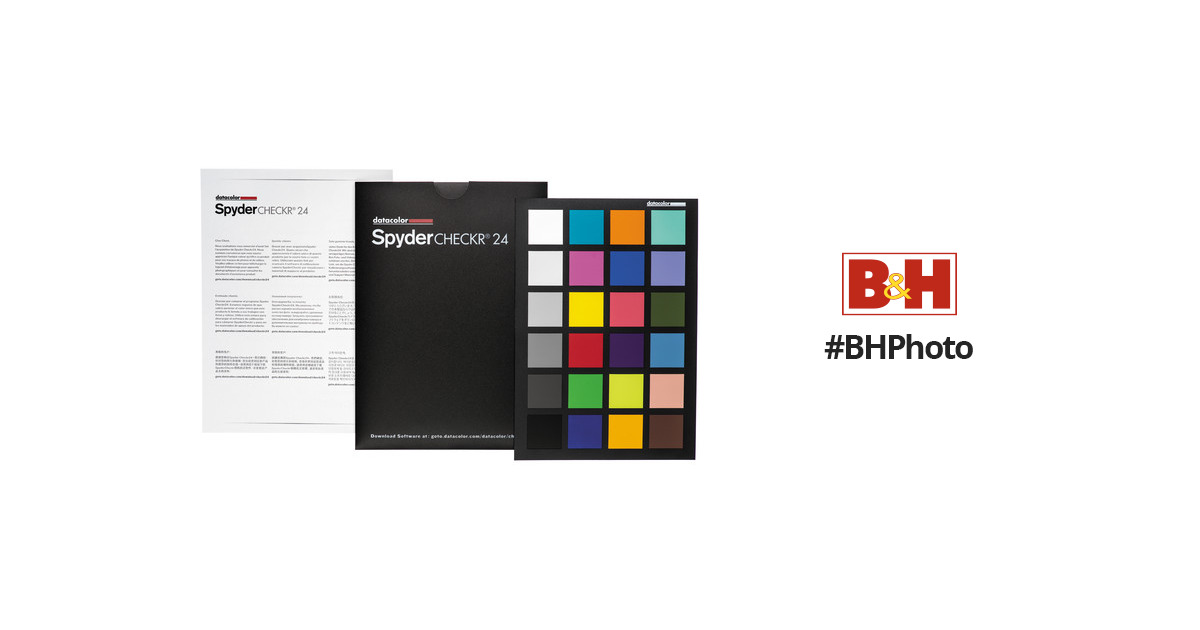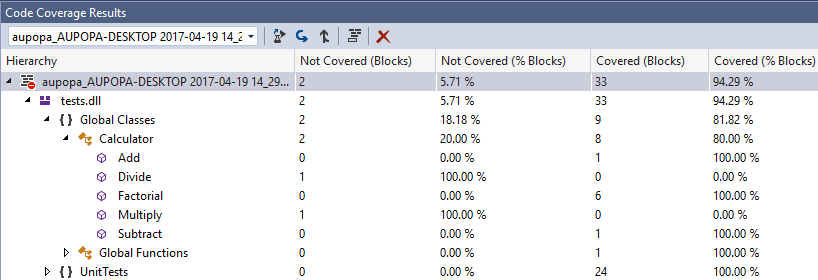

Developing a good quality software test and applying it to the application code is not enough.Wish to know the difference between smoke testing and sanity testing? Wish to know the difference between smoke testing and sanity testing? Here is a brief description of why we need code coverage during software testing. This is a confusion in the minds of many. This report can further be used for better software testing purposes.Īfter learning what code coverage is, a question pops up about why someone would need the concept of code coverage.

In other words, it gives a quantitative measure of how much code has been executed and how much code has been left untouched.

While the application is running, code coverage lets the developers know about the number of codes that have been unit tested/covered. Usually, the term code coverage is used when an application is in its current running state. In some specific situations, several test cases are further included to have better code coverage. White-box testing of this type sends the report of the application codes that are left unassessed by the test case that has been applied to the application code. A huge number of test cases are applied to the application code, and the software is then checked. What is Code Coverage in the unit testing?Ĭode coverage is the degree to which any application code of any software has been executed. So, Code Coverage vs Test Coverage how do they differ? Let’s have a look Even though code coverage and test coverage are misunderstood they lot their meaning and usage differ a lot. Before explaining in detail about the cruciality of Code Coverage and Test Coverage in software testing. Code Coverage vs test coverage, how do they differ? Code coverage and test coverage are very important when it comes to checking the effectiveness of code.


 0 kommentar(er)
0 kommentar(er)
